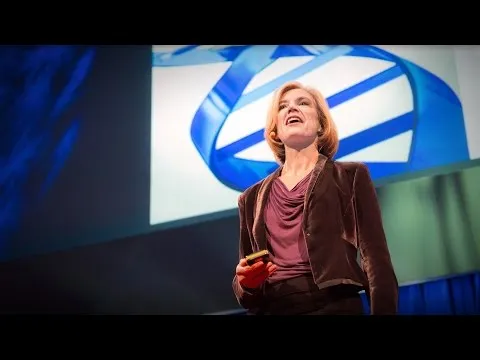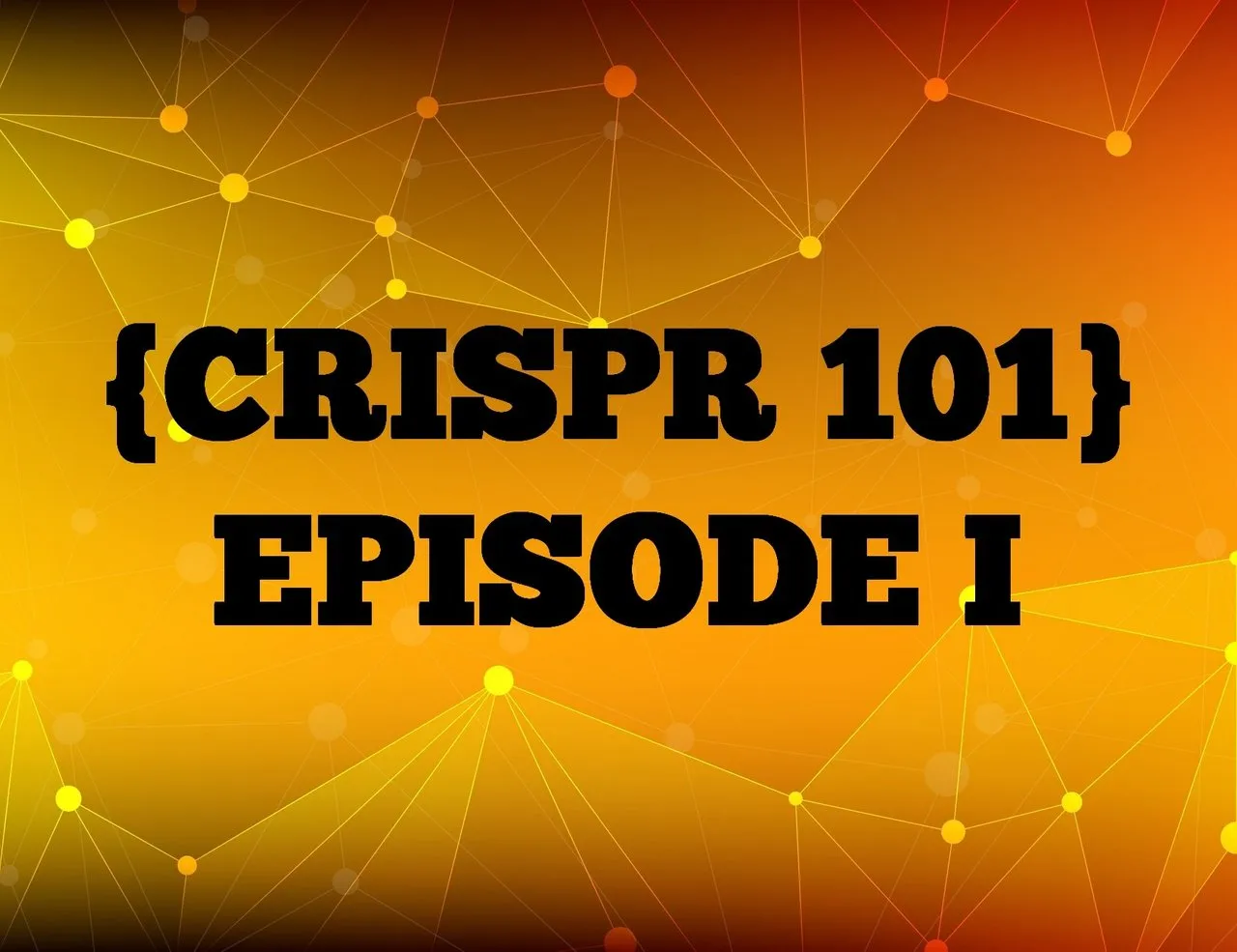
While new technologies are often welcomed by the public with a mix of excitement and legitimate suspicion, few have raised as many questions and speculations as the CRISPR technology since its first use in 2012 at the University of California in Berkeley.
Most people have heard of genetic engineering, and while some have strong opinions on the subject, recent studies have shown that few have a clear idea of how tools like CRISPR work and what they are used for. A recent report from the Genetic Alliance UK and the Progress Educational Trust, two non-profit organizations, have shown that among 86 participants in an online workshop on genome editing, all of them had heard the term “genome” before but roughly half of them thought that it referred to a small unit of genetic information and most of them were unable to define it precisely. This lack of understanding of the specific vocabulary used by scientists combined with sensationalist headlines and over-simplified affirmations often found in mainstream media contribute to the general misunderstanding on the topic. Independently of your opinion on genetically modified organisms, the technology is already part of your life: insulin pens, drought-resistant crops, control of mosquito populations, genetic selection in livestock, next-generation cancer treatments, biofuel production, biohacking... These are only few examples of the current democratization of biotechnologies. It is thus essential to have a healthy debate on these questions in our societies, and this is only be possible through education and an effort of transparency from the scientific community.
The goal of this article series is to expose some common misconceptions on biotechnologies in general and to provide simple keys of understanding on tools that were long restricted to science fiction novels and are now in the hands of scientists around the world. But first, we need to be on the same page on what we are talking about, so let's start with some basics about the now famous CRISPR system.
What is CRISPR?
CRISPR (short for Clustered Regularly Interspaced Short Palindromic Repeats) is already a relatively bad name for a technology predicted to change the lives of millions of people, but its full name is actually CRISPR/Cas9. The history of the CRISPR discovery is fascinating on many levels, from its origin in bacteria where it acts like an archaic adaptive immune system against viral infections, to the intricate patent war raging between UC Berkeley, the Broad Institute and other academic and industrial actors claiming the paternity of the technology. These aspects will be treated in future articles; we will here only focus on the CRISPR/Cas9 system itself and why it represents such an important advance in Biology.
CRISPR/Cas9 is a molecular system found in many microorganisms. It is composed of a protein called Cas9 associated with one or two RNA chains. RNAs (for Ribonucleic Acids) are abundant and ubiquitous molecules found in living cells, they share similar characteristics with DNA but display different physical and biological properties. Notably, while DNA molecules are generally composed of two strands forming the famous double-helix structure, RNA molecules are often single-stranded.
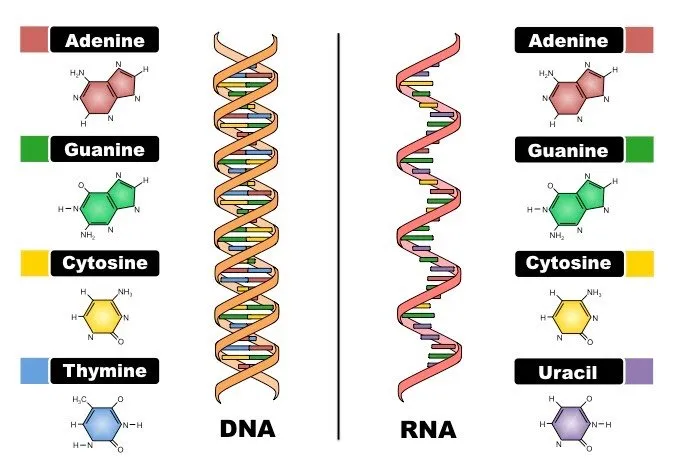
RNAs are, like DNA molecules, composed of molecular “letters” called nucleotides (A, T, G, and C in DNA and A, U, G and C in RNA) which, taken together, form the genetic information (or genome) stocked in the DNA of every cell of a considered organism. Interestingly, under certain conditions, the similarity of RNA and DNA molecules allow them to interact with each other thanks to the complementarity of their nucleotide sequences.
In the context of CRISPR/Cas9, the RNA component of the system is short and you can think of it as a photographic negative of a small section of genetic information contained in DNA. This means that this RNA, often referred to as guide RNA, can specifically interact with a defined region of a very large DNA molecule (such as a human chromosome or a viral genome) by recognizing its sequence. When associated with the Cas9 protein, the guide RNA can thus specifically target the protein to a specific DNA site. The Cas9 protein can then induces the chemical cleavage of the DNA double helix at this site, which is why the CRISPR system is often compared to “programmable molecular scissors”. Another analogy often used is that if the genome was a giant text file, the guide RNA would be the “find” function and Cas9 the “cut” function in Microsoft Word.
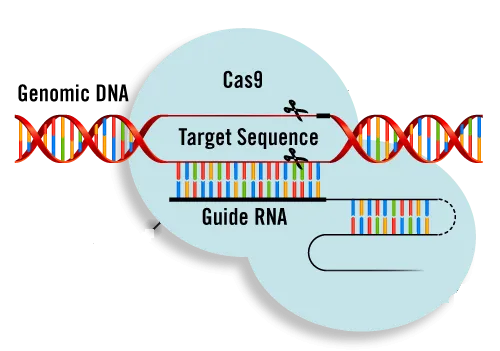
Presented like that, this might not sound that exciting. After all, researchers were already able to specifically cut DNA in vitro since the 70s with restriction enzymes (also isolated from bacteria) and later with higher accuracy in living cells with the artificial Zinc Finger Nucleases and TALEN proteins (naturally found in plants). These systems also involve a protein able to cut DNA but the recognition of the target site required an assembly of different protein “blocks”, each able to recognize a very small DNA sequence. Assembling multiple of these blocks together thus allows the recognition of a larger region. What makes CRISPR different from these systems is that it does not require the inefficient and cumbersome assembly of chimeric proteins. The Cas9 protein is indeed the same independently of the desired target, only the guide RNA differs and RNA molecules are infinitely easier and cheaper to produce synthetically or to produce directly inside a cell than proteins.
While what is achieved today thanks to CRISPR/Cas9 could thus theoretically be achieved with earlier technologies, CRISPR made the whole process easier and a lot more affordable, quickly allowing the democratization of genome engineering in countless labs around the world. If we consider the Microsoft Word analogy, one might argue that when you want to deal with a text file, the “find” and “cut” function are not enough. However, as we will see in the next article of this series, cutting DNA in the context of a living cell is enough for a lot of very interesting application.
Sources and recommended readings:
- The report of Genetic Alliance UK and the Progress Educational Trust: http://www.geneticalliance.org.uk/our-work/medical-research/communicating-about-genome-editing/
- A well-illustrated video on how CRISPR works and its implications for the future:
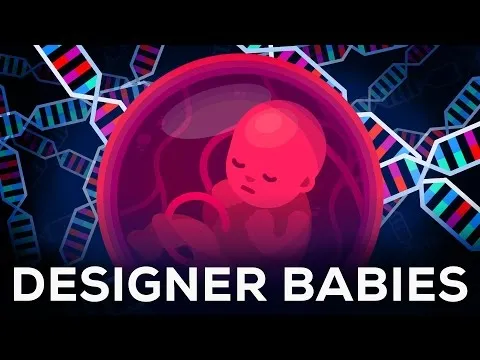
- A TED conference by Jennifer Doudna, one of the “inventors” of the CRISPR technology:
